Garibaldi Square in Nice is one of the city’s great landmarks. From here you can walk to many interesting places or take advantage of the numerous restaurants and cafes located in all corners of this square.
Being in Nice it’s hard to miss Garibaldi Square (Place Garibaldi). After Place Massena it is the second most important urban square in the city. The T1 tram goes through the square (and the T2 tram just next to it), and you can easily get there from the Old Port of Nice or the Old Town of Nice. The Museum of Modern and Contemporary Art is also right next to the square.
Garibaldi Square, a small piece of Italy in Nice
Garibaldi Square was built in 1773 and is today the oldest of the main squares in Nice. It was created as a place of welcome for the King of Sardinia, Victor Amadeus III of Turin (Victor-Amédée III de Sardaigne). Hence the original name of the square: Piazza Vittorio. At that time Nice belonged to Italy, and Garibaldi Square is still much more Italian than French.
Currently, the square is a meeting place and one of the mandatory points on excursions around Nice. You can eat there and drink coffee (in the old Café de Turin, among others) in the shade of trees or under the arcades. It is also worth looking at the monument of Giuseppe Garibaldi with its surrounding fountain, and finally visit the chapel behind it (Chapelle du Saint-Sépulcre), built at the end of the 18th century; it belongs to the Brotherhood of the Blue Penitents. Three cannonballs fired by Turkish troops during the siege of Nice in 1543 have been attached to the chapel’s façade. Another cannonball can be found next to the Lascaris Palace in the Old Town.
Standing in Garibaldi Square, it is worth paying attention to a curiosity that many tourists don’t notice. When you look at renovated tenement houses that are in a neat row adjacent to the square, you get the impression that “something is not here.” During the third visit to this place, I noticed that all the decorations on the buildings – except for the shutters – have been painted on, and are not real at all! The illusionist painting technique, trompe l’oeil, has been used here, which makes the columns under the windows and decorations around them look real. Garibaldi Square is a rare example of the use of this effect in a public space in Europe.
Who was Giuseppe Garibaldi?
Giuseppe Garibaldi, who was honored with the name of this important square in Nice, was an Italian born in Nice in 1807. To this day, he is a national hero in Italy because it is to him that the state owes the revival that was started in 1859 and known today as the Risorgimento. Garibaldi was a professional sailor, an enemy of the papacy, and a Grand Masonic Master. He became famous, above all, during fighting in Sicily and Rome.

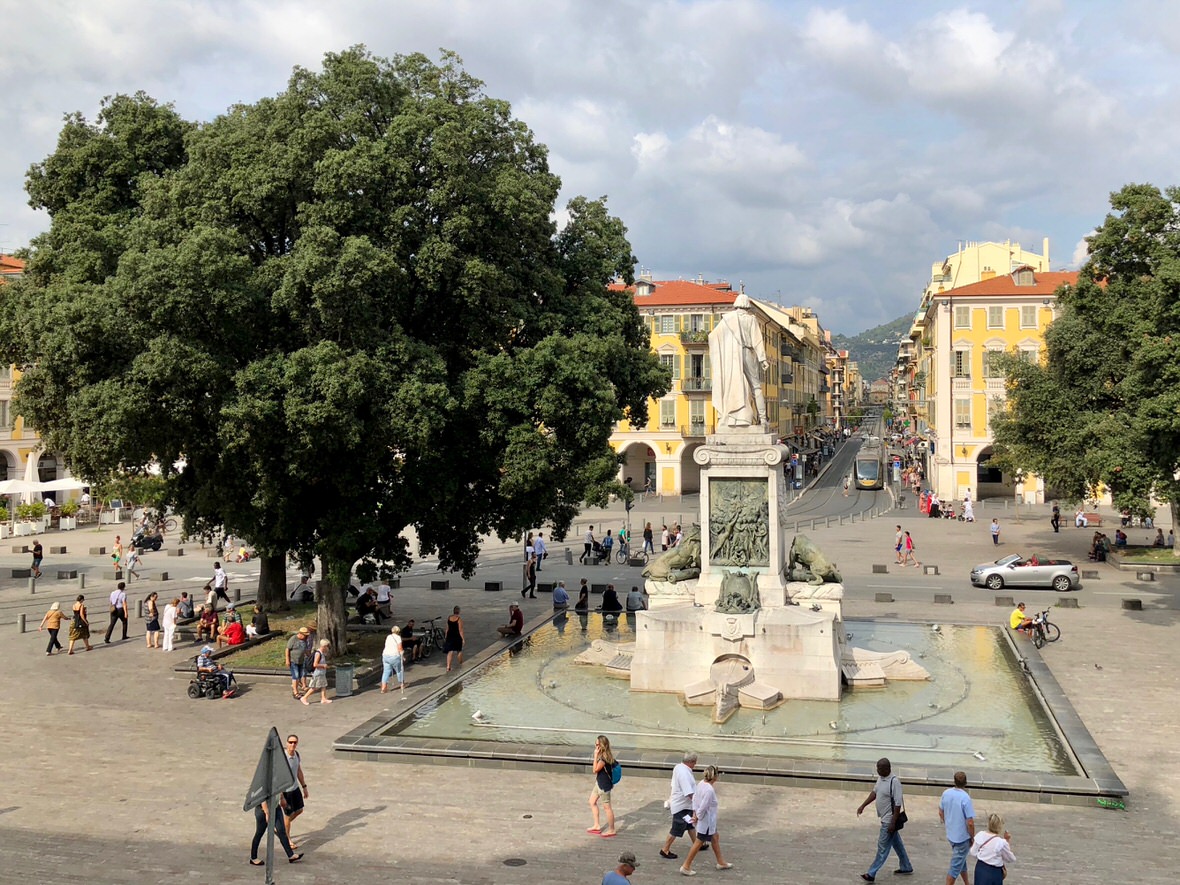
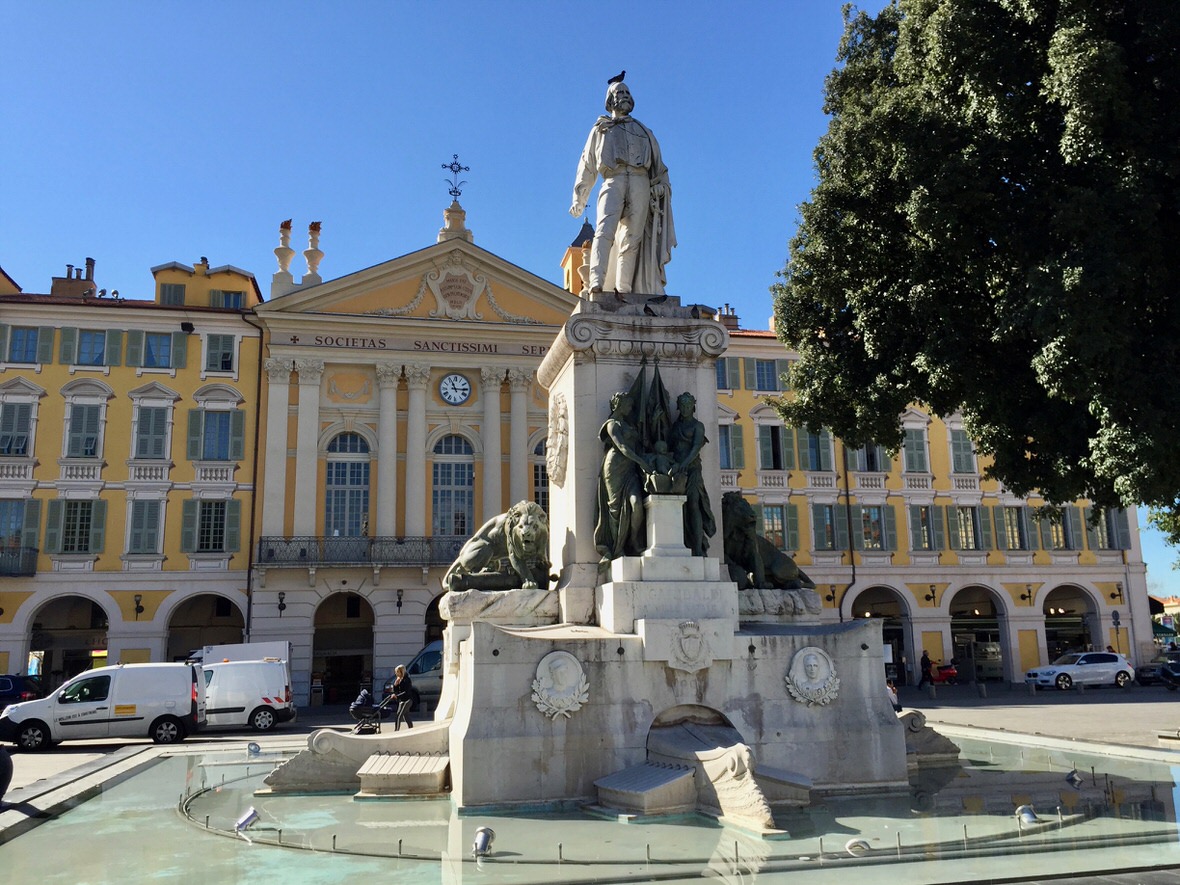

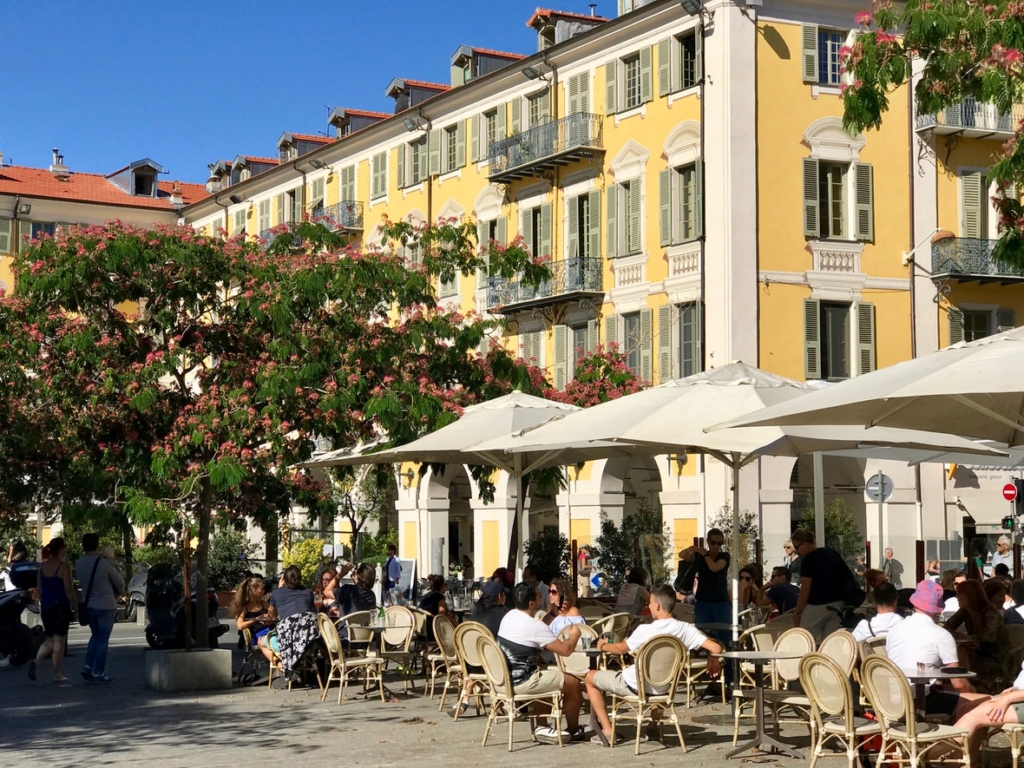
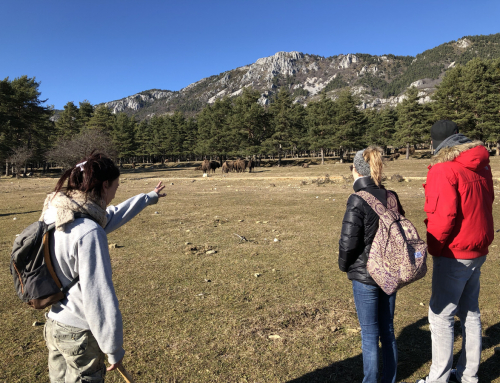
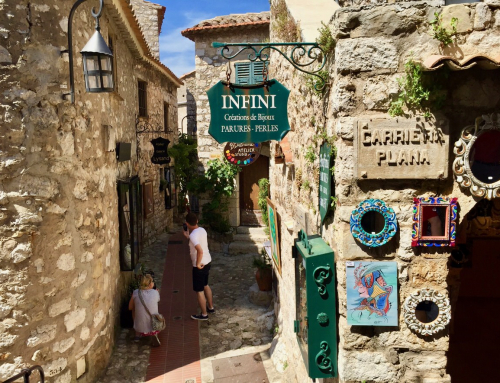
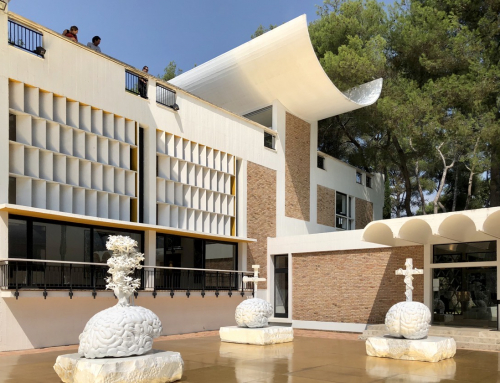
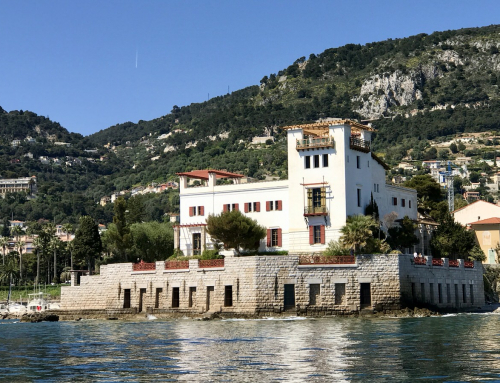
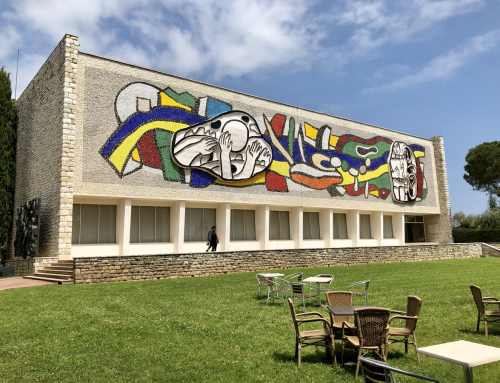
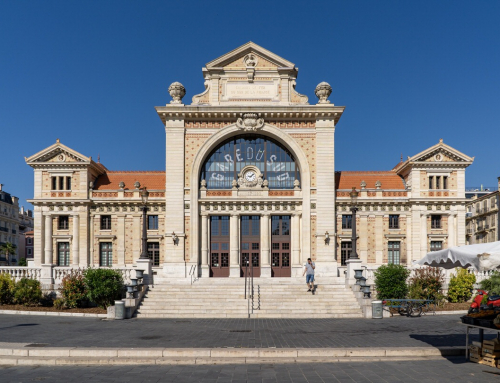
Leave A Comment